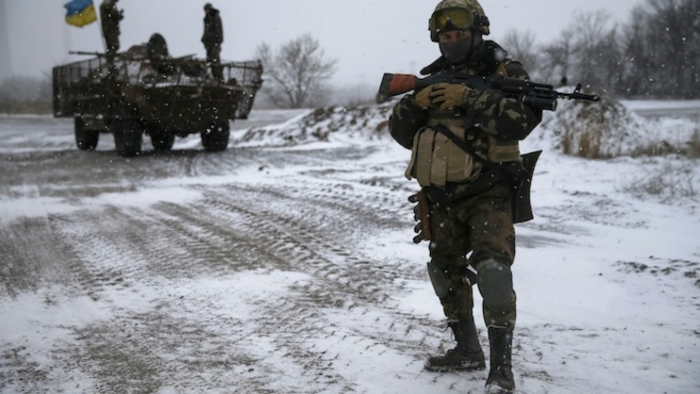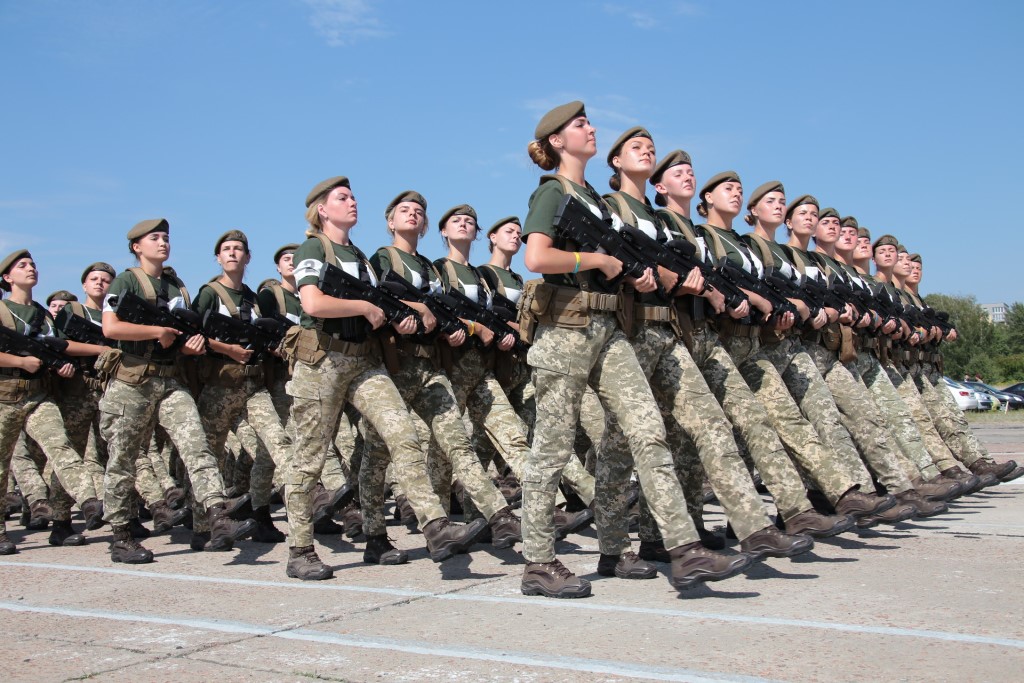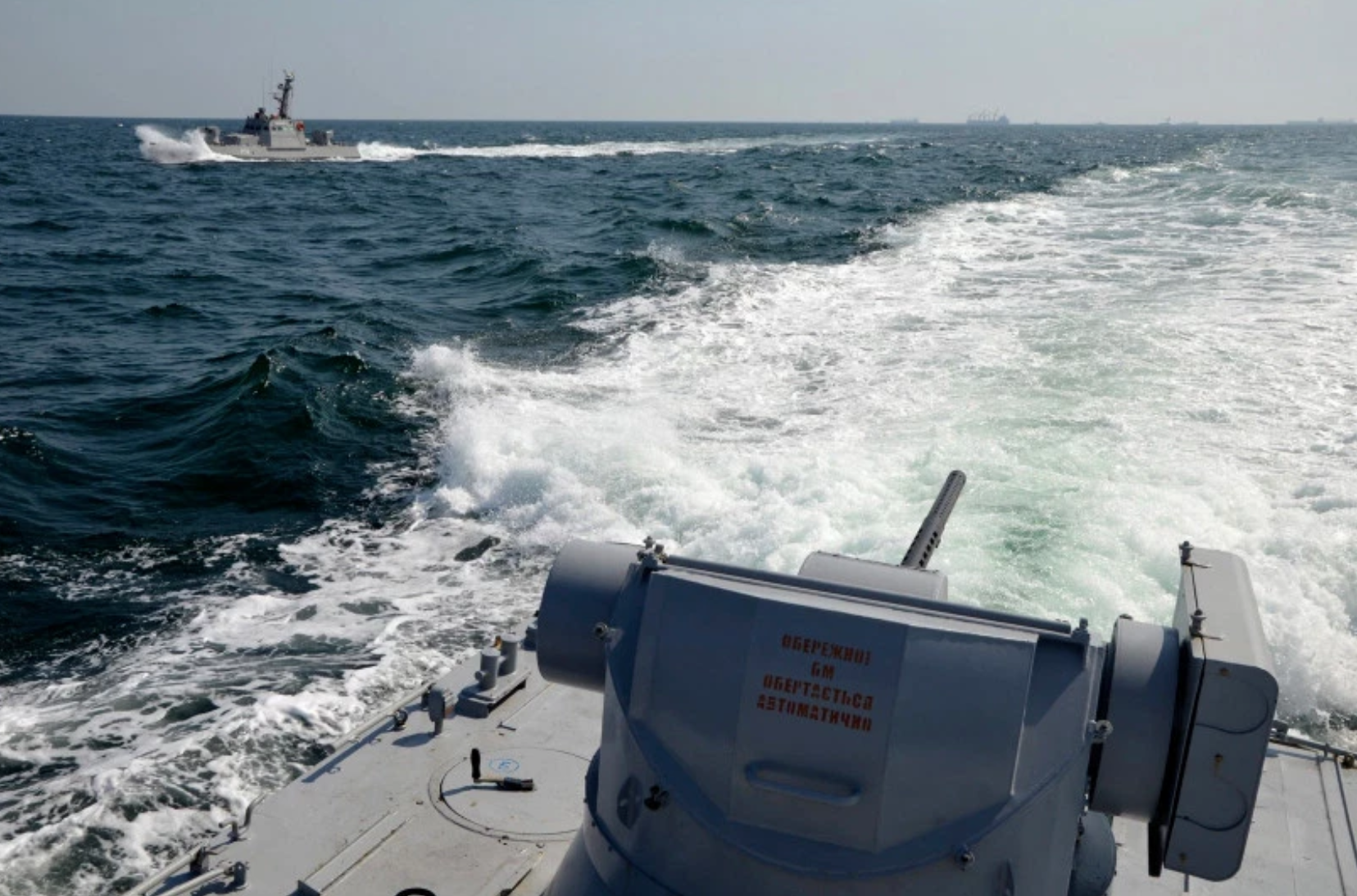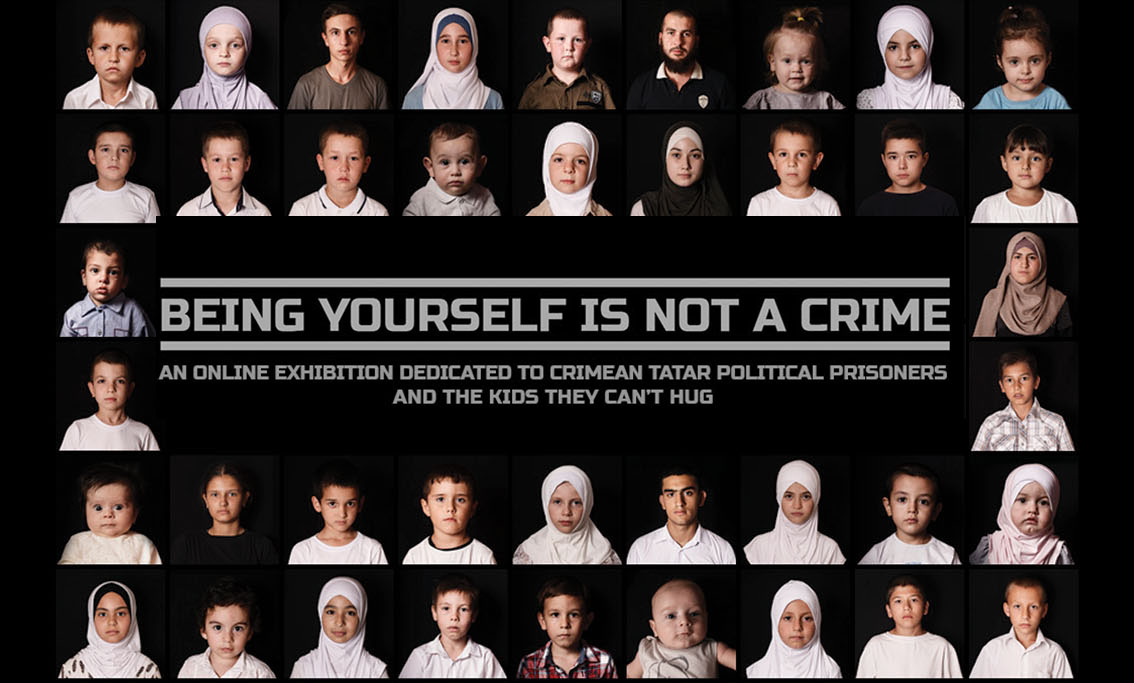On 19 February, Ukrainska Pravda published an update to the 12 February 2022 analysis prepared by the experts of the Center for Defense Strategies, Andriy Zagorodniuk, Alina Frolova, Oleksiy Pavliuchyk, and Viktor Kevliuk, titled "Is an invasion of Ukraine possible? What are the prospects for Russia's offensive?"
The original article is available in Ukrainian.
Full-scale invasion of Ukraine still unlikely, yet local escalation probable: analysis of scenarios
Here we summarize the major points of the updated analysis as related to the changes in the situation in and around Ukraine.
Russian combat forces massed at Ukrainian borders (estimates as of February 18, 2022)
| Troops | 150,000 |
| Battalion-tactical groups | 90 |
| Tactical ballistic missile systems | 48 |
| Tanks | 1,700 |
| Armored personnel carriers and infantry fighting vehicles | 4,300 |
| Fixed-wing aircraft | 375 |
| Helicopters | 240 |
| Surface ships | 80 |
| Submarines | 6 |
General operational situation around Ukraine
Over the past two days the situation in eastern Ukraine has deteriorated significantly:
- From the territory in the east of Ukraine temporarily occupied for the past 8 years, Russian forces conducted over 60 artillery, mortar, and grenade attacks targeting 30 settlements targeting the territory controlled by the Ukrainian government.
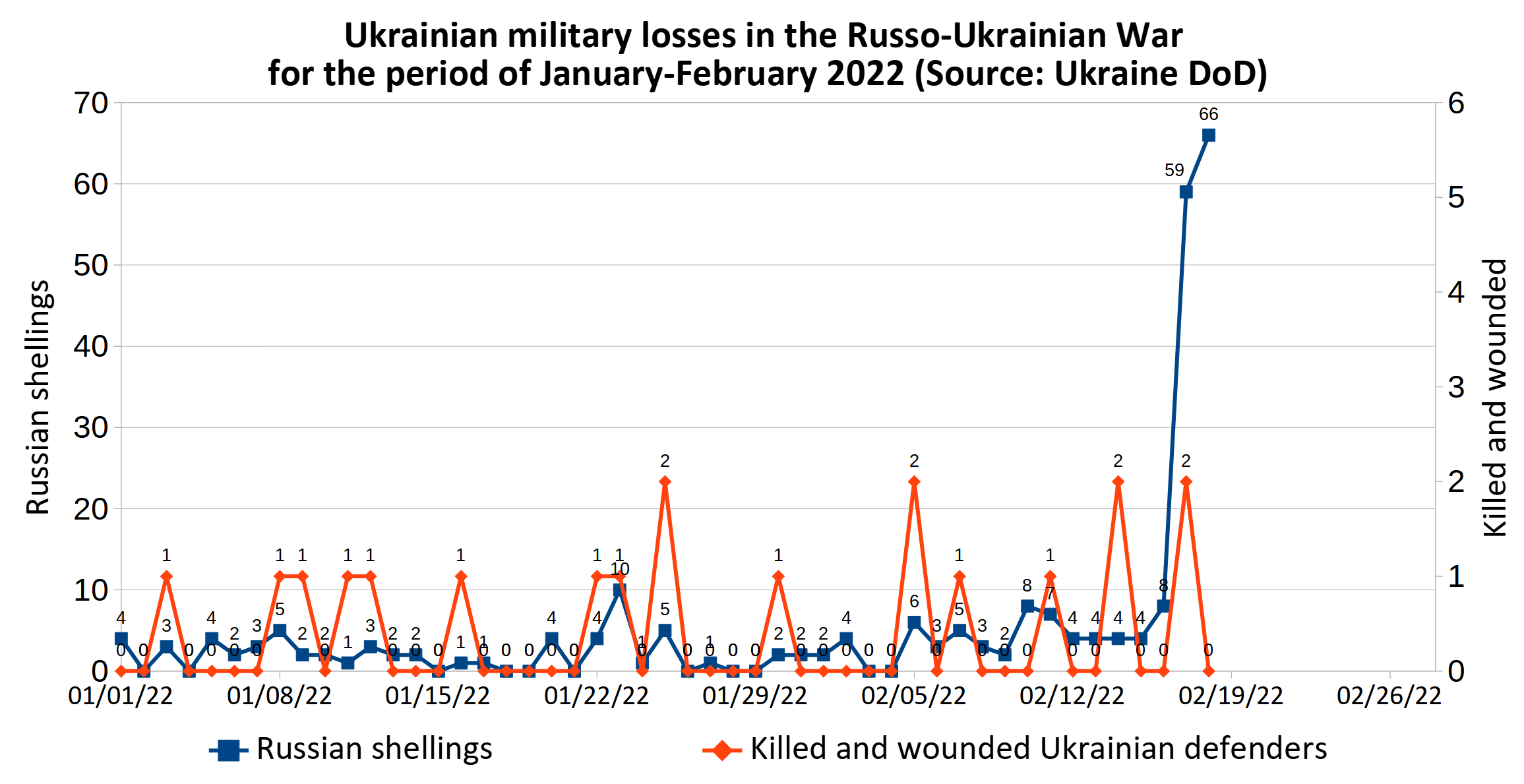
- The Russian disinformation campaign has intensified: it launched new false allegations about the supposed preparation of a Ukrainian military offensive and planned terrorist attacks using poisonous industrial chemicals; while in Russia-occupied Donetsk, a parked military car of one of the occupation leaders was blown up.
- On 18 February, the heads of the Russian administrations of the temporarily occupied territories ("LNR" and "DNR") announced a general civilian evacuation to Russia due to the supposed planned Ukrainian military offensive. It was discovered later that the announcements were prerecorded on February 16.
- Despite the evacuation order, male residents of the occupied territories aged 18-65 were not permitted to leave (because a day later, a general mobilization was ordered, - Ed.)
- Notably, the escalation in eastern Ukraine coincides with large-scale strategic deterrence force exercises by Moscow. In addition, the Russian navy de facto imposed a partial blockade of Ukrainian ports in the Black Sea.
Possible scenarios
- The "full-scale invasion" scenario by the Russian Federation remains unlikely given the balance of capabilities and resources of the Russian Federation’s battle groups massed near the borders as well as the Ukraine Armed Force’s defense potential.
- The risk of increasing Russian attacks in the information and cyberspace of Ukraine remains significant.
- The threat of incursions by battle groups of the Russian Federation in regional areas remains high. The temporarily occupied territory of the Donbas region and the Azov-Black Sea region are the most vulnerable to such attacks.
- Escalation in eastern Ukraine remains highly likely. Russia, having distributed more than 600,000 passports there under the pretext of "protecting Russian citizens," may expand its occupation in the territory of eastern Ukraine. To do this, it could commit new "false flag" provocations in the occupied territories and execute local offensives. This equates to the open participation of the Russian Federation in the hostilities.
Conclusions
Russia's escalation of the situation in the Donbas aims to split the views of Western countries (primarily targeting Germany and France) and increase pressure on Ukraine to accept the Russian interpretation of the Minsk-2 agreements.
The Kremlin is attempting to exacerbate the domestic crisis within Ukraine and set the stage for military intervention.
Compromises in the form of past agreements with Russia have already provoked the negative reaction of Ukrainians, and the likely stance of Ukraine’s president toward defending the sovereignty of the country in future such agreements carries two threats:
- If his stance is perceived by the Ukrainian society as not strong enough, especially against the backdrop of the loss of people and territory, an internal political crisis will ensue.
- If his stance is powerful, it can become a legitimization for the military intervention for the Russian Federation.
, force the West to "save" the existence of the state, and prevent the negative consequences of a major war in Europe through a "compromise."
Putin's unplayed card remains the so-called "LNR" and "DNR." The Kremlin can take advantage of its State Duma’s appeal to recognize the independence of these Russian proxy formations in Donetsk and Luhansk. In parallel with this, it can sign security or peacekeeping "agreements" with the "republics." This could entail the open deployment of the Russian Armed Forces in the occupied territories (which is simply a replacement of chevrons on the uniforms of the forces currently stationed there) or could involve the introduction of "peacekeepers" from Russia, Belarus, or other countries in Moscow’s CSTO military alliance.
Read More:
- Full-scale invasion of Ukraine still unlikely, yet local escalation probable: analysis of scenarios
- The (busted) info-ops driving Russia’s false-flag pretexts for invading Ukraine
- Ukraine now has neither weapons nor security: Zelenskyy demands Budapest Memorandum consultations
- Amid growing threat of Russian aggression, Macron is asked to open negotiations on Ukraine’s accession to EU
- 63% of Ukrainians want revision of Minsk accords amid record-high support for EU & NATO membership: poll
- Ukrainian top brass warns Russian proxy forces prepared to stage terrorist acts in Donbas
- “Steinmeier’s formula” seen as state capitulation, protested in Ukraine

